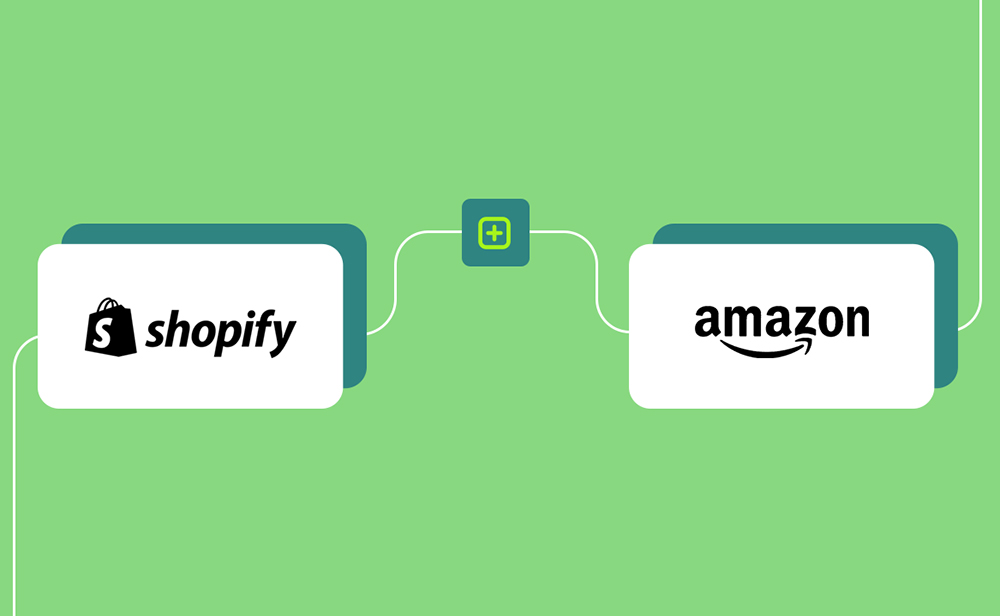Starting a dropshipping business on Shopify has become a popular option for many entrepreneurs. However, some are wondering whether it’s possible to combine this strategy with the power of Amazon. In this article, we’ll show you how to dropship on Amazon with Shopify in simple, effective steps. Find out how to leverage both platforms to create a profitable dropshipping business.
What is dropshipping on Amazon with Shopify and how does it work?
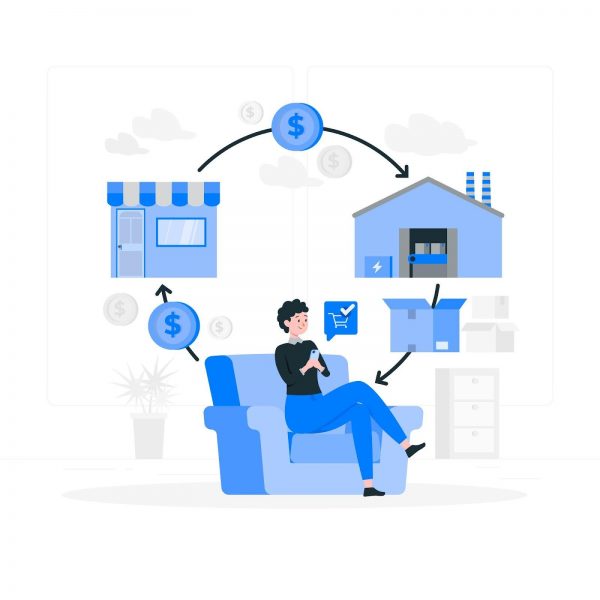
Dropshipping on Amazon with Shopify is a business strategy that involves using Amazon as a product supplier and Shopify as an online sales platform. This method enables entrepreneurs to offer a wide range of products without having to manage a physical inventory.
There are two main approaches to dropshipping on Amazon with Shopify:
- The first involves importing products from Amazon and listing them on your Shopify store. You act as an intermediary between Amazon and your customers, and receive a commission for every sale you make.
- The second approach is to sell products from your Shopify store on Amazon, using the platform as an additional sales channel.

Rules and conditions for dropshipping on Amazon
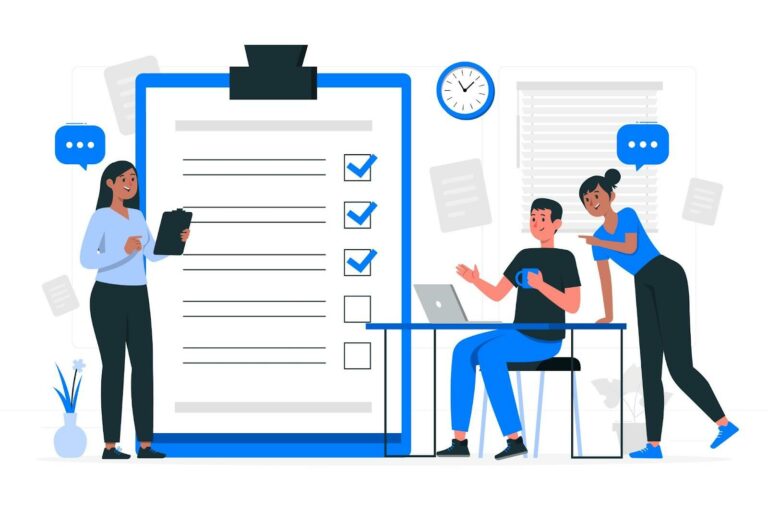
Before you start dropshipping on Amazon with Shopify, it’s essential to understand the rules and conditions established by Amazon. Discover the requirements for dropshipping sellers and learn how to dropship on Amazon with Shopify while respecting these rules:
- You must be the registered seller for the products you offer.
- You must identify yourself as the seller on shipping documents.
- All information identifying the third-party vendor must be removed before the order is shipped.
- You must accept and process returns.
- You must comply with the terms and conditions of your seller agreement and Amazon’s dropshipping policies.
How profitable is dropshipping on Amazon with Shopify?
Profitability is a crucial aspect of dropshipping on Amazon with Shopify. Find out what typical profit margins are, what factors influence profitability and how to maximize your profits with this dropshipping strategy.
Profitability of selling Amazon products on Shopify
When you import products from Amazon onto your Shopify store, you can benefit from a profit margin by setting a slightly higher price than Amazon. Here are some key things to consider when assessing the profitability of this method:
Profit margin
As the intermediary between Amazon and your customers, you can set your own selling price. It’s advisable to maintain a profit margin of around 10-15% over Amazon’s price to remain competitive while generating profits.
Associated costs
In addition to Shopify subscription fees, you’ll also need to factor in subscription fees for Amazon-Shopify linking apps.
For example, the Amazon Importer Spreadr App offers a $5 per month plan to import Amazon products into Shopify.
Amazon commission
When you sell Amazon products, you receive a commission on each sale. Commissions vary by product category and can range from 6% to 45% of the sale price. It’s important to take these commissions into account when calculating your net margin.
Marketing strategy :
To maximize profitability, it’s essential to develop an effective marketing strategy to promote your products and attract customers to your Shopify store. Using techniques such as SEO, paid advertising and social media can help you increase sales and profits.
Profitability of selling Shopify products on Amazon
When you sell your own Shopify products on Amazon, you have more control over pricing and profit margin. Here are some key elements to consider when assessing the profitability of this method:
Pricing
By selling on Amazon, you can choose your own selling prices. It’s important to take into account Amazon’s selling fees, shipping and logistics costs, as well as competition on the platform. It’s advisable to set competitive prices while maintaining a sufficient profit margin.
Shopify subscription fees
As a Shopify store owner, you’ll need to pay a monthly subscription fee. These fees vary depending on the plan you choose, ranging from $29 to $299 per month. It’s important to factor these costs into your profitability calculations.
Amazon selling fees
When you sell on Amazon, you’ll have to pay selling fees that vary according to product category. These fees can range from a few cents to several dollars per sale. It’s essential to understand these fees and include them in your profitability calculation.
Logistics and shipping
When selling on Amazon, you can opt for Amazon shipping (Fulfillment by Amazon (FBA)), where Amazon takes charge of the Amazon warehouse and takes advantage of their order management and shipping system. Take into account the costs associated with FBA when assessing profitability.
Profit margins
Profit margins in Amazon dropshipping generally vary between 10% and 30%. However, given Amazon’s dropshipping fees, your actual margin may be reduced to around 15%. It’s essential to find products with high profit potential to maintain satisfactory profitability.
Factors influencing profitability
The factors that influence the profitability of your Amazon dropshipping business are :
- finding profitable products
- effective management of costs and expenses
- optimizing product listings
- competitive pricing
- customer satisfaction
How to dropship on Amazon with Shopify: guides and features
Follow these steps to understand how to dropship on Amazon with Shopify and make sure you launch your business efficiently and optimally. From creating your accounts to managing orders, each step is explained in detail.
Method 1: Sell Amazon products on Shopify
Step 1: Join the Amazon affiliate program
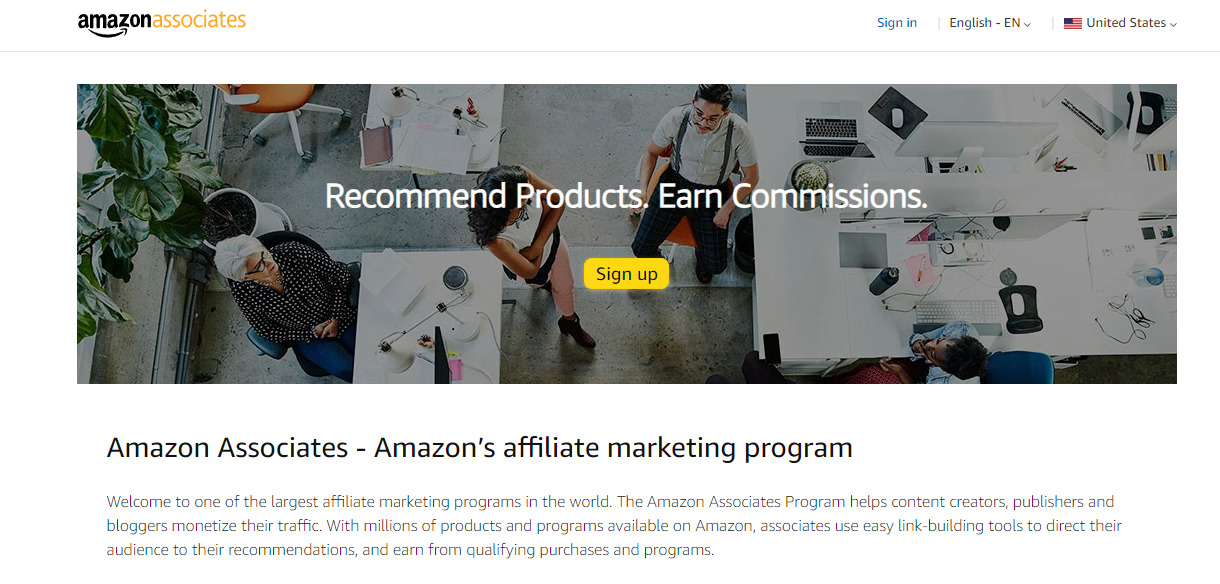
- Go to affiliate-program.amazon.com and sign up for Amazon’s affiliate program, known as Amazon Associates.
- Wait for your affiliate account to be approved – this process can take up to a week.
Step 2: Set up your Shopify store
- Customize your store by choosing a theme, adding your logo and configuring your payment and delivery settings.
- Register on Shopify.com and choose a subscription plan (starting at $29 per month) that suits your needs. Take advantage of our partnership with Shopify to use the tool for 90 days for only $1.

Create your Shopify store for only $1 during 90 days
Step 3: Search for an Amazon-Shopify linking app
- In the Shopify App Store, search for apps such as “Amazon Importer Spreadr App”, “CedCommerce Amazon Channel” or “Amazon by Codisto”.
- Install the app of your choice and follow the instructions to connect it to your Amazon Associates account.
Step 4: Import and list Amazon products
- Search for the products you wish to sell on Amazon.
- Copy the URL of the product page of the selected product on Amazon.
- Paste the link into the Amazon-Shopify link application and add the product to your Shopify store.
- Customize the product information on your store, including description, variants, price, etc.
Step 5: Order management
- When a customer purchases a product on your Shopify store, the Amazon-Shopify link application will automatically place the order with Amazon.
- Amazon will take care of shipping and order management, and you’ll receive a commission on every sale you make.
Costs associated with selling Amazon products on Shopify
- Shopify subscription fees: Monthly costs vary according to the plan you choose, from Basic to Advanced.
- Amazon-Shopify linking application subscription fees: Monthly costs vary depending on the application chosen, generally between $5 and $50 per month.
- Shopify transaction fees: Transaction fees are charged on every sale made through your Shopify store, in addition to subscription fees. Fees vary depending on the subscription plan you choose and can be reduced by using Shopify’s payment gateway, Shopify Payments.
- Amazon affiliate commission: You’ll receive a commission on every sale made through your Shopify store, based on commission rates specific to each product category on Amazon.
Benefits of selling Amazon products on Shopify
- Wide selection of products: You have access to millions of products available on Amazon to sell on your Shopify store.
- Reliable shipping: Amazon manages shipping and logistics, so you can offer fast, reliable delivery times.
- Customer trust: Customers trust Amazon as an online shopping platform, which can boost sales on your Shopify store.
- Commission on sales: You can earn commission on every sale you make through your affiliation with Amazon.
Disadvantages of selling Amazon products on Shopify
- Lower commission: Commissions earned as an Amazon affiliate are generally lower than the profit margin you could earn selling your own products.
- Dependence on Amazon: As an Amazon affiliate, you are subject to Amazon’s policies, conditions and changes to its affiliate program.
Method 2: Selling Shopify products on Amazon
Step 1: Setting up your Shopify store
- Register on Shopify.com and choose a subscription plan tailored to your needs.
- Customize your store by choosing a theme, adding your logo and configuring your payment and delivery settings.
- Add the products you want to sell on your Shopify store and configure the necessary information.
Here’s a full review of Shopify, which we invite you to take a look at to learn more about the tool.
Step 2: Create an Amazon seller account
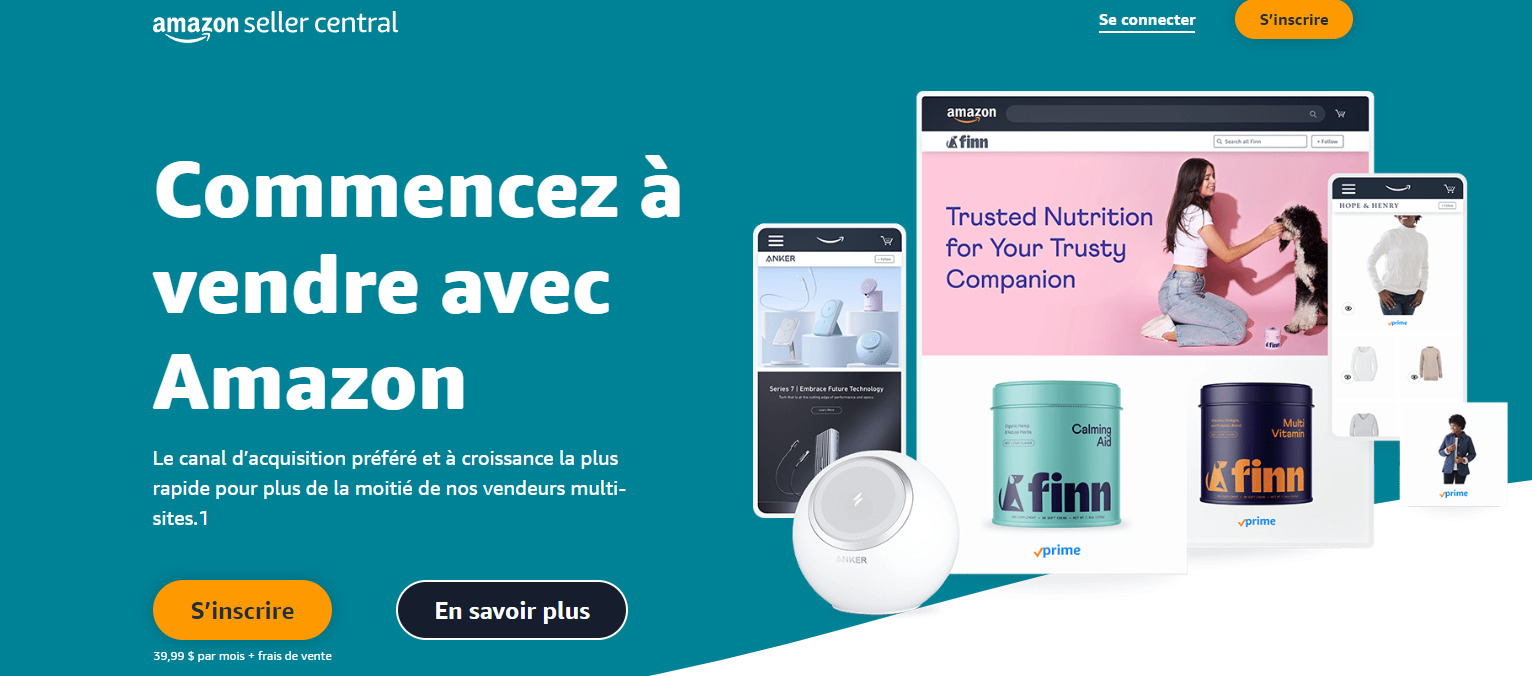
- Go to Amazon’s Seller Central site and register as a seller.
- Provide the required information about your business, including your bank details and pricing plan.
Step 3: Select a product category and request approval if necessary
- Some product categories on Amazon require prior approval. Check whether your product category is one of these, and submit a request if necessary.
Step 4: Connect your Amazon account to Shopify

- Use a multi-channel order management application on Shopify to connect your Amazon account.
- In the Shopify App Store, search for applications such as “Amazon Marketplace” or “Codisto”.
- Install the application of your choice and follow the instructions to connect it to your Amazon Seller Central account.
- For more choices, check out our selection of the +5 best Amazon apps for Shopify.
- This connection will allow you to easily manage orders and inventory from your Shopify dashboard.
Step 5: Setting up the Amazon app
- Follow the instructions provided by the app to synchronize your Shopify store with your Amazon seller account.
- Configure integration settings, such as shipping and pricing options, inventory update rules, etc.
Step 6: Listing products on Amazon
- Select the products from your Shopify store that you’d like to sell on Amazon.
- Configure product information, such as description, variants, images, etc.
- Use the application to publish products to your Amazon seller account.
Step 7: Managing orders and shipping
- When a customer places an order on Amazon for one of your products, you’ll receive a notification in your seller account.
- Prepare the product and make sure you ship it according to Amazon’s shipping policies.
- Update the tracking information in your Amazon seller account to allow customers to track their order.
NB: You can also use Print on demand to offer items produced on an order-by-order basis, with short delivery times.
Costs associated with selling Shopify products on Amazon
- Shopify subscription fees: Monthly costs vary according to the plan you choose, from Basic to Advanced.
- Amazon application subscription fees: Monthly costs vary depending on the application chosen, typically between $20 and $200 per month.
- Shopify transaction fee: A transaction fee is charged for each sale made through your Shopify store, in addition to the subscription fee.
- Amazon sales fees: Amazon charges a sales fee for each product sold on their platform, which varies according to product category.
Advantages of selling Shopify products on Amazon
- Access to a large audience: Amazon has millions of active users, which can help you reach a wider audience.
- Customer trust: Customers trust Amazon as an online shopping platform, which can boost sales of your products.
- Amazon-managed shipping and logistics: Amazon takes care of shipping, returns management and logistics, allowing you to focus on other aspects of your business.
- Amazon’s reputation: By selling your products on Amazon, you benefit from the platform’s reputation and credibility, which can boost customer confidence and sales.
Disadvantages of selling Shopify products on Amazon
- Additional fees: In addition to Shopify subscription fees, you’ll also have to pay Amazon app subscription fees, as well as Amazon selling fees.
- High competition: Selling on Amazon is highly competitive, and it can be difficult to stand out among the many sellers on the platform.
- Limited control over the customer experience: When you sell on Amazon, you have less control over the customer experience, as the platform manages the communication and relationship with the customer.
Conclusion
Dropshipping on Amazon with Shopify offers two different approaches, each with its own advantages and disadvantages in terms of profitability. Selling Amazon products on Shopify allows you to benefit from Amazon’s wide range of products and reputation. Whereas selling Shopify products on Amazon offers greater control over pricing and profit margins.
It’s essential to understand the costs associated with each method, such as Shopify subscription fees, Amazon-Shopify linking app subscription fees, Amazon commissions and Amazon selling fees. A thorough cost analysis and an effective pricing strategy are required to maximize profitability in both cases.
Before choosing a method, evaluate your business model, resources and objectives. If you’re looking for a wide product range and simplified order management, dropshipping Amazon products on Shopify may be the best option. If you prefer to have more control over pricing and branding, selling Shopify products on Amazon may be more appropriate.
FAQ
What is dropshipping on Amazon with Shopify?
Dropshipping on Amazon with Shopify is a strategy that allows entrepreneurs to sell Amazon products on their Shopify store, or sell their own Shopify products on Amazon. This offers an e-commerce opportunity without having to manage a physical inventory.
What are the advantages of selling Amazon products on Shopify?
Selling Amazon products on Shopify allows you to access a wide range of products, benefit from Amazon’s reputation and logistics, and earn commission on every sale. You can create a diversified online store without having to stock products.
What are the advantages of selling Shopify products on Amazon?
Selling Shopify products on Amazon gives you more control over pricing and branding, and allows you to reach a wider audience. You can use Amazon as an additional sales channel to increase your revenues and reach new customers.
What are the costs associated with dropshipping on Amazon with Shopify?
Costs include :
- monthly Shopify subscription fees
- subscription fees for Amazon-Shopify linking applications
- Amazon commissions on sales
- Amazon sales fees
- shipping and logistics costs
Which method should you choose, selling Amazon products on Shopify or Shopify products on Amazon?
The choice depends on your business goals and resources. Selling Amazon products on Shopify offers a wide range of products and simplified order management. Selling Shopify products on Amazon gives you greater control over pricing and branding. Evaluate your needs and test both methods to find the one that works best for your business.
